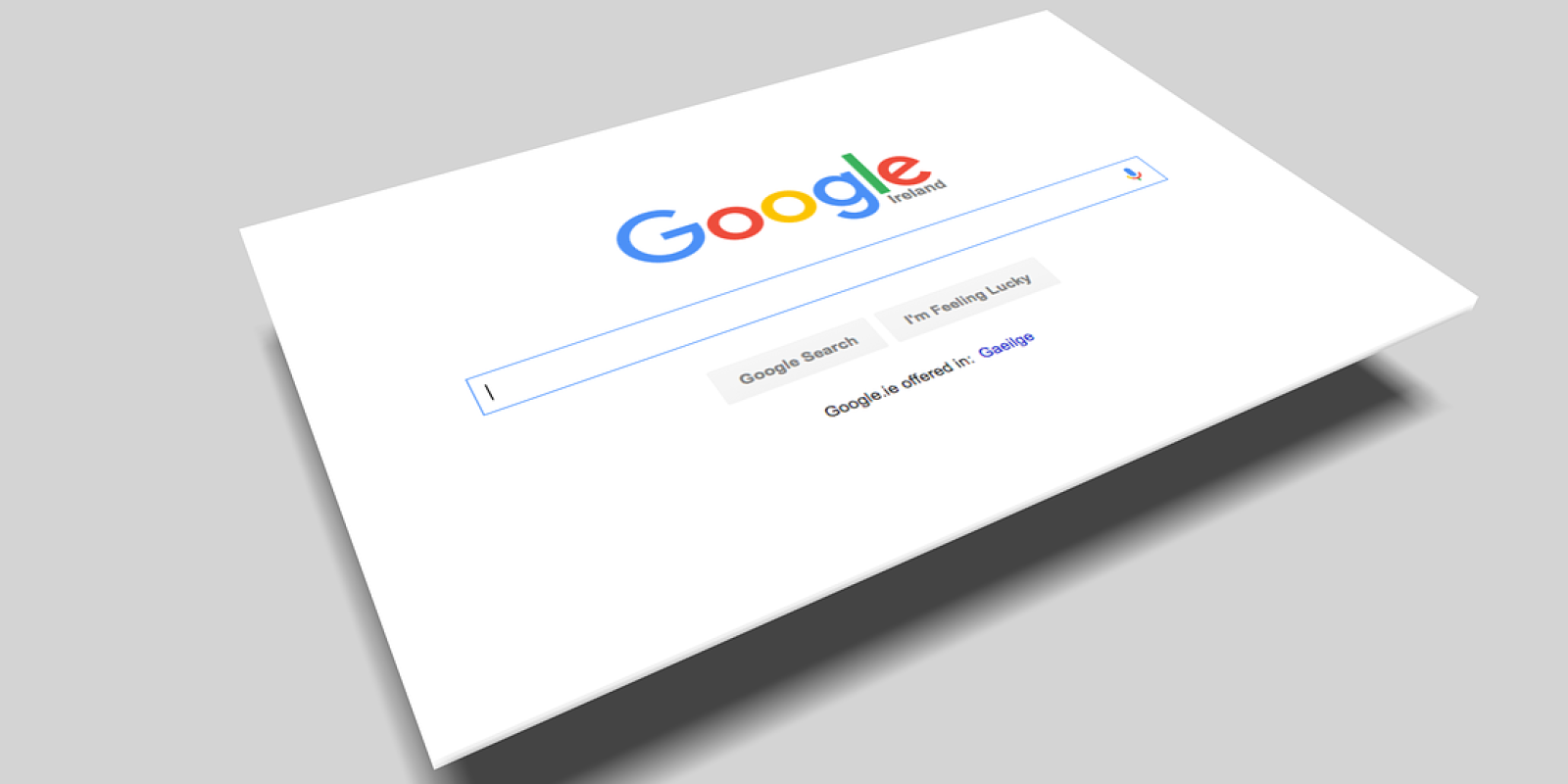Equity crowdfunding and lending crowdfunding are the two main types of crowdfunding available today for businesses looking to raise capital through alternative finance. Indeed, for start-ups and SMEs in particular, it has become increasingly difficult to access credit from traditional sources such as bank loans: crowdfunding, on the other hand, is within reach of (almost) everyone. But you need to know about it, so it is first important to know the difference between the two most popular types in order to understand which one is right for you.
With both tools, a company can raise capital for the development of its business projects by attracting investors to an online portal that hosts its crowdfunding campaign.
What changes between equity and lending crowdfunding mainly concerns the type of contract that is established between the company promoting the campaign and the investors, and thus the nature of the capital raised. To understand this difference well, let us look at each of the two modes in detail.
Equity crowdfunding: what it is
Doing an equity crowdfunding campaign means raising venture capital: investors buy shares in the bidding company, in proportion to the amount of capital invested. They then become actual shareholders in the company and acquire the corresponding administrative and property rights. They will be able to participate in meetings, with decision-making power proportionate to their share, and at the time of profit distribution (or in the case of exits, mergers, disposals) they will be entitled to their share.
Equity crowdfunding campaigns typically last several months and have rather high economic objectives. Additionally, the Consob regulation for this type of crowdfunding stipulates that at least one professional investor or equivalent must subscribe to a share equal to 5% or 3% for the campaign to be valid. However, starting from the end of 2023, the EU Crowdfunding Regulation will come into effect, replacing the various national regulations of individual member states and imposing new rules for both equity and lending crowdfunding, many of which will be common. The rule of the 5% will not be in force anymore.
Initially, equity crowdfunding was a tool reserved only for startups, then it was extended to innovative SMEs, and finally to all SMEs.
Lending crowdfunding: what it is
A lending crowdfunding campaign is akin to a loan: the offering company raises money in the form of loans from investors and must repay it with interest according to predetermined rates and timelines. The contract governing this relationship is indeed the loan agreement. The advantage for the company is the ability to obtain liquidity quickly: a lending crowdfunding campaign typically has a short duration and much less bureaucracy compared to applying for a bank loan.
For this reason, lending crowdfunding is highly popular in the real estate sector: there are platforms specialized solely in real estate crowdfunding, which is one of the types experiencing the greatest growth in numbers.
Want to learn more directly with our crowdfunding experts about the topic you are reading about?
Turbo Crowd can reveal to you all the tricks of the crowdfunding trade, explain the capital-raising opportunities available to you, and provide you with practical support to carry out a successful crowdfunding campaign.
Equity crowdfunding and lending crowdfunding: differences and commonalities
In light of the descriptions just provided, the main difference between equity crowdfunding and lending crowdfunding lies in the fact that in the former, company shares are sold, thus establishing a long-term relationship with investors; whereas in the latter, a loan is received, and therefore the relationship concludes at the end of the refund, which is usually 12-18 months after the end of the campaign.
Here are the other more important differences:
- An equity campaign lasts longer than a lending campaign.
- Equity crowdfunding is reserved for startups and SMEs, while lending crowdfunding is open to all types of businesses and can also be used by individuals to raise funds.
- Until now, equity crowdfunding has been subject to Consob regulation, while lending crowdfunding was defined by a document from the Bank of Italy but did not yet have specific regulations and was based on various heterogeneous norms.
- In equity crowdfunding, it is possible to raise up to 8 million euros (it will be 5 with the EU Regulation), while in lending crowdfunding, it is possible to raise up to 3 million euros.
- Equity crowdfunding provides tax incentives for investors, while lending crowdfunding has regular taxation.
- Until EU Regulation, equity crowdfunding required at least one professional investor, while lending could also target non-professional investors only and had less strict access barriers, as it did not require the mandatory completion of the MiFID appropriateness questionnaire to verify the investor's awareness and skills.
- Investing in equity crowdfunding does not involve guarantees for investors, while in lending crowdfunding, the company is obligated to repay the loan with interest according to the agreements; otherwise, the platform initiates the debt recovery procedure.
- Before launching an equity crowdfunding campaign, it is necessary to draw up the capital increase deed with a notary, which is not required for lending crowdfunding. To initiate a lending campaign, all that is needed is to draft the financing contract with the loan terms, which govern the relationship between investors and the proposing company.
Some of these differences, as already mentioned, will be mitigated or eliminated by the entry into force of the EU Crowdfunding Regulation, expected by the end of 2023 following the latest extension: for example, even equity crowdfunding will be open to all types of businesses, regardless of size and turnover, and lending crowdfunding platforms will also need specific authorization to operate, both in Italy and abroad. Furthermore, the fundraising limit for both types will be set at 5 million euros, and questionnaires will also need to be submitted to lending investors.
However, the two methods already have some common points:
- They allow raising funds for one's business more easily and quickly compared to traditional sources of credit.
- They require reaching a minimum economic goal for the fundraising to be valid.
- They require validation of eligibility by the platform hosting the campaign.
- They are also accessible to investors with limited budgets.
- They require the development of a detailed business plan and the production of further detailed documentation about the company.
- They require a well-structured marketing effort.
Ultimately, which one to choose between equity crowdfunding and lending crowdfunding? The answer, of course, is "it depends". Equity crowdfunding is particularly suitable for startups and SMEs looking to launch a product, service, or a new line of business because it allows raising a more substantial capital, creates a loyalty bond with investors, who will also expand the customer base. Lending crowdfunding, on the other hand, is very useful in case of an immediate need for liquidity.
Do you need support in preparing a successful crowdfunding campaign and seeking potential investors for your project?
Turbo Crowd can accompany you throughout the process, from organizing the precrowd to closing the collection, developing effective and innovative marketing strategies to best promote your campaign.













































